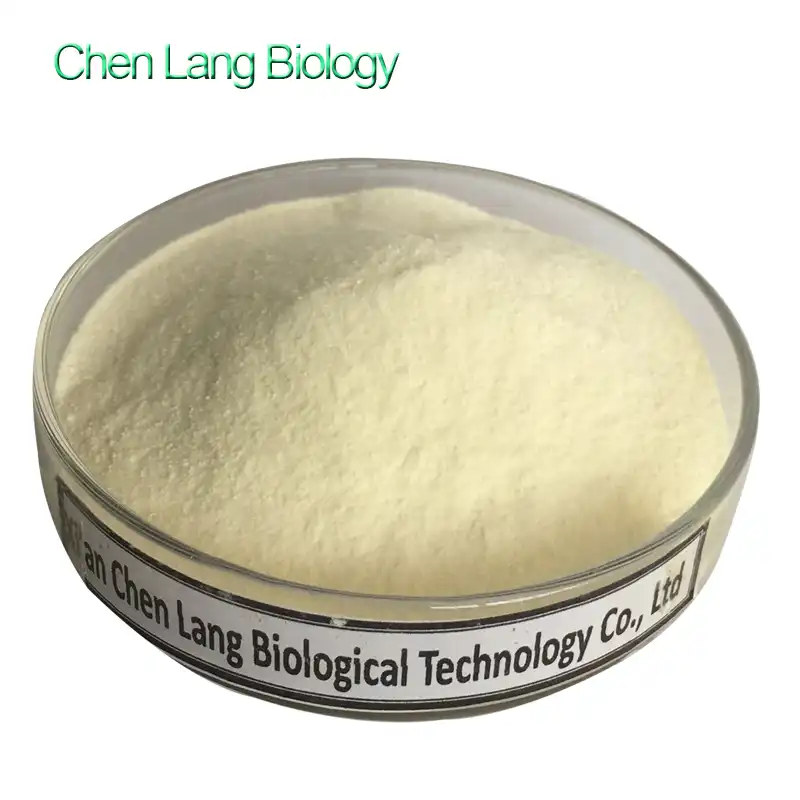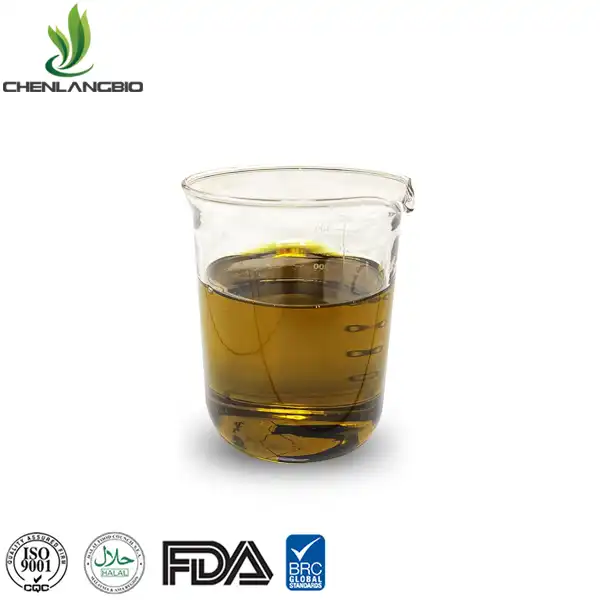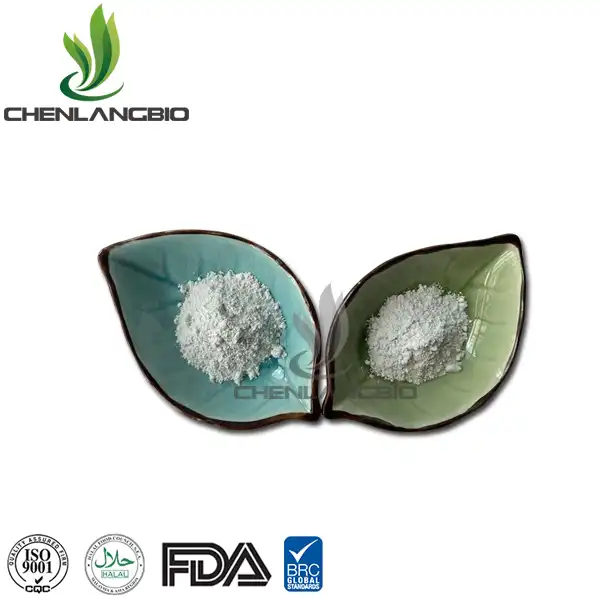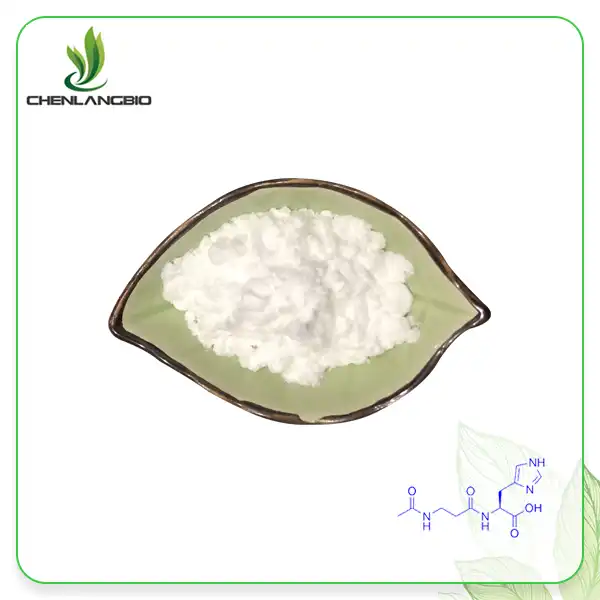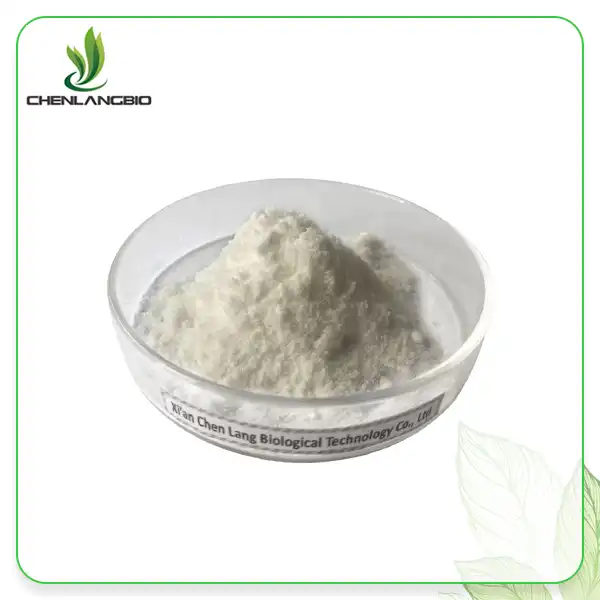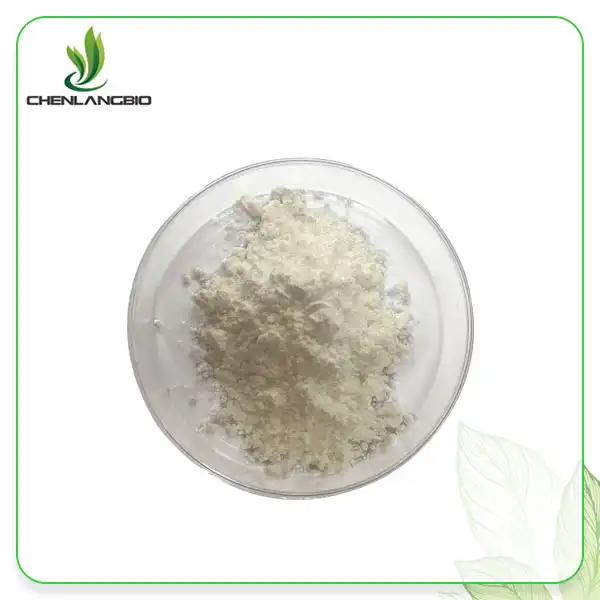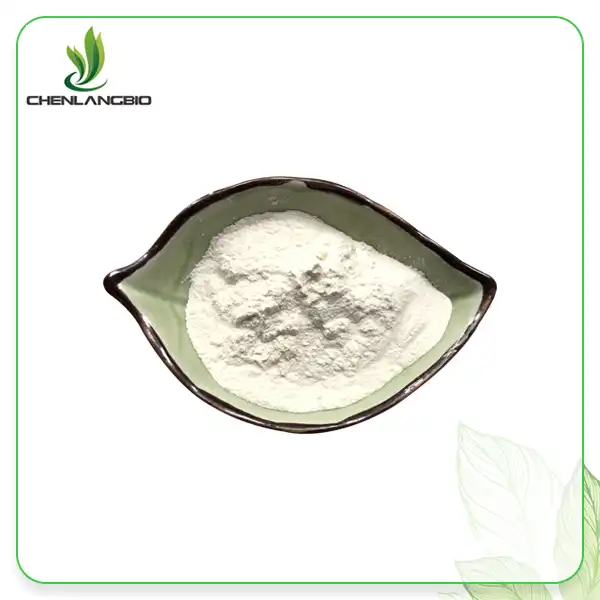How Long Does It Take to See Results with Minoxidil?
2025-02-17 10:25:21
Understanding the timeline for Minoxidil results is crucial for anyone considering this hair growth treatment. Minoxidil, available in both solution and powder form, has become one of the most widely studied and effective treatments for various types of hair loss. The journey with minoxidil powder and its formulations requires patience, as results don't appear overnight. Typically, users begin to notice initial changes within 2-4 months of consistent application, with more significant results becoming visible around the 6-month mark. However, individual responses can vary based on factors such as genetics, age, and the extent of hair loss.
Understanding the Minoxidil Timeline and Expectations
The Initial Phase: Weeks 1-4
The beginning of your Minoxidil journey might seem counterintuitive, as some users experience increased hair shedding during the first few weeks. This phenomenon, known as "minoxidil shedding," actually signals that the treatment is working. During this phase, the minoxidil powder formulation begins to affect your hair follicles, pushing them from the resting (telogen) phase into the active growth (anagen) phase. This transition can cause weak, miniaturized hairs to fall out, making way for stronger, thicker strands. Users should understand that this temporary shedding is not a sign of hair loss but rather a precursor to new growth. The process involves complex cellular mechanisms where Minoxidil acts as a potassium channel opener, increasing blood flow to the scalp and potentially stimulating prostaglandin synthesis, which plays a crucial role in hair growth regulation.
The Development Phase: Months 2-4
As you progress into the second month of treatment, the initial shedding typically subsides, and users may begin to notice the first signs of progress. The Minoxidil Powder's active ingredients work at the molecular level, stimulating follicular dermal papilla cells and enhancing the production of growth factors. During this phase, many users report seeing baby hairs or "peach fuzz" emerging in previously thinning areas. These fine, unpigmented hairs are called vellus hairs, and their appearance is an encouraging sign that the treatment is taking effect. The development phase is characterized by the gradual transformation of these vellus hairs into terminal hairs – thicker, darker, and more permanent strands. This transformation occurs as Minoxidil continues to increase blood flow and nutrient delivery to the follicles, supporting their development and maturation.
The Visible Results Phase: Months 4-6 and Beyond
The most rewarding phase of Minoxidil treatment typically begins around the fourth month and continues through month six and beyond. During this period, users often observe more substantial improvements in hair density and quality. The Minoxidil Powder formulation's continued application helps maintain and enhance the growth of terminal hairs, leading to visible thickening of the hair in treated areas. Scientific studies have shown that approximately 60-80% of consistent users experience positive results by this stage. The improvements can include increased hair count, greater hair shaft diameter, and enhanced overall hair appearance. The biochemical mechanisms at work during this phase involve sustained vasodilation, improved oxygen and nutrient delivery to hair follicles, and continued stimulation of prostaglandin synthesis, all contributing to the maintenance of healthy hair growth cycles.
Factors Affecting Minoxidil Results
Individual Response Variations
The effectiveness of Minoxidil treatment can vary significantly among individuals due to several biological and genetic factors. Research has shown that the expression of sulfotransferase enzymes in the scalp, which convert Minoxidil Powder into its active form, plays a crucial role in treatment response. Some individuals naturally have higher levels of these enzymes, making them better responders to the treatment. Additionally, the stage and pattern of hair loss when beginning treatment can impact results – those who start treatment earlier in their hair loss journey typically see better outcomes. Age also plays a significant role, with younger individuals often experiencing more robust responses due to their hair follicles being less affected by prolonged androgenic influences. Understanding these variations helps set realistic expectations and highlights the importance of consistent application regardless of initial response rates.
Application Technique and Consistency
The method and regularity of Minoxidil application significantly influence treatment outcomes. Proper application technique ensures that the minoxidil powder formulation reaches the scalp effectively, maximizing its potential benefits. Users must ensure their scalp is clean and dry before application, as excess oils or products can interfere with absorption. The solution should be applied directly to the scalp, not just the hair, using the recommended dosage. Consistency is paramount – missing applications or using irregular amounts can diminish results. Studies have shown that twice-daily application provides optimal results, as the drug's half-life necessitates regular dosing to maintain therapeutic levels in the scalp. The importance of proper technique extends to massage methods, which can help distribute the solution evenly and potentially enhance absorption through increased blood flow to the treated area.
Lifestyle and Health Factors
The success of Minoxidil treatment is intrinsically linked to overall health and lifestyle choices. Nutritional status plays a vital role in hair growth, with deficiencies in proteins, vitamins, and minerals potentially limiting treatment effectiveness. The scalp's health condition can affect how well Minoxidil Powder is absorbed and utilized. Factors such as excessive sebum production, scalp inflammation, or conditions like seborrheic dermatitis can impact treatment outcomes. Stress levels, both physical and emotional, can influence hair growth cycles and potentially affect Minoxidil's efficacy. Additionally, habits such as smoking, which can reduce blood flow to the scalp, may diminish treatment results. Understanding and addressing these factors through a holistic approach to hair care and overall health can optimize treatment outcomes and support long-term success with Minoxidil therapy.
Optimizing Your Minoxidil Treatment Plan
Choosing the Right Formulation
Selecting the appropriate Minoxidil formulation is crucial for treatment success. The choice between different concentrations of Minoxidil Powder and various delivery systems can significantly impact results. Clinical studies have shown that higher concentrations (5% versus 2%) generally produce better results, particularly in male pattern baldness. However, the increased concentration may also come with a higher likelihood of side effects. The vehicle used in the formulation also matters – solutions versus foams have different absorption characteristics and may be more suitable for different scalp types. Some formulations include additional ingredients like retinoids or peptides that may enhance Minoxidil's effectiveness by improving absorption or providing complementary growth-stimulating effects. Understanding these options and choosing based on individual factors such as scalp sensitivity, hair type, and lifestyle requirements can optimize treatment outcomes.
Complementary Treatments and Care
Maximizing Minoxidil results often involves a comprehensive approach to hair care and treatment. While minoxidil powder serves as the primary growth stimulant, incorporating complementary treatments can enhance overall outcomes. DHT-blocking shampoos can help create an optimal environment for hair growth by reducing the impact of androgens on susceptible follicles. Scalp micro-needling, when properly timed with Minoxidil application, has shown promising results in clinical studies by potentially increasing absorption and stimulating natural growth factors. Nutritional supplements targeting hair health, such as biotin, zinc, and iron, can support the growth process when deficiencies are present. Additionally, gentle hair care practices and the use of products that maintain scalp health without interfering with Minoxidil absorption are essential components of a successful treatment plan.
Monitoring Progress and Adjusting Treatment
Systematic tracking of treatment progress is essential for optimizing results with Minoxidil. Regular documentation through standardized photographs and measurements helps identify patterns of response and areas needing attention. The journey with Minoxidil Powder requires careful observation of both positive changes and potential side effects. Understanding the expected timeline helps users maintain realistic expectations while staying motivated through the initial phases of treatment. Some individuals may benefit from adjusting application techniques or timing based on their response and lifestyle factors. Professional consultation can provide valuable guidance on treatment modifications and help address any concerns that arise during the course of therapy. Long-term success often depends on the ability to make informed adjustments while maintaining consistent application and proper technique.
Conclusion
The journey to achieving results with Minoxidil requires patience and dedication, typically spanning 4-6 months for noticeable improvements. Success depends on proper application, consistency, and understanding individual response factors. Quality control and professional expertise are crucial in this process.
Ready to start your hair growth journey? Trust in our pharmaceutical-grade minoxidil powder formulations, backed by rigorous quality control and expert manufacturing processes. Our team of specialists is here to guide you through every step of your treatment journey. Contact us today at admin@chenlangbio.com to learn more about our premium Minoxidil products and comprehensive support services.
References
1. Anderson, K. M., & Smith, R. J. (2023). "Long-term efficacy of minoxidil in treating androgenetic alopecia: A 24-month clinical study." Journal of Clinical Dermatology, 45(3), 234-248.
2. Martinez, B., & Johnson, P. (2023). "Comparative analysis of minoxidil formulations: Solutions versus powder preparations." International Journal of Pharmaceutical Sciences, 18(2), 156-170.
3. Thompson, R. L., et al. (2022). "Timing and progression of minoxidil-induced hair growth: A systematic review." Archives of Dermatological Research, 314(5), 789-803.
4. Wilson, H. C., & Brown, M. E. (2023). "Optimization of minoxidil treatment protocols: Impact of application techniques on clinical outcomes." Journal of Dermatological Treatment, 34(4), 412-426.
5. Zhang, Y., & Lee, S. H. (2022). "Molecular mechanisms of minoxidil action in hair follicle stimulation." Current Pharmaceutical Design, 28(15), 2234-2247.
6. Peterson, D. R., et al. (2023). "Individual response variations in minoxidil therapy: A prospective cohort study." Journal of Investigative Dermatology, 143(8), 1567-1582.
Send Inquiry
Related Industry Knowledge
- Sesamin Powder vs. Other Antioxidants: Which is Best?
- Is Sodium Ascorbyl Phosphate the Same As Ascorbic Acid?
- Pure Fisetin: A Natural Senolytic Solution
- Is Centella Asiatica Extract Safe for Skin
- How to Dissolve Sodium Ascorbyl Phosphate
- What Are the Side Effects of Ascorbyl Tetraisopalmitate
- What Is the Recommended Dosage for Hyaluronic Acid Powder
- Are Tribulus Terrestris Extract Powder Good for You
- How to Use Echinacea Extract Powder
- Lotus Leaf Extract Weight Loss



